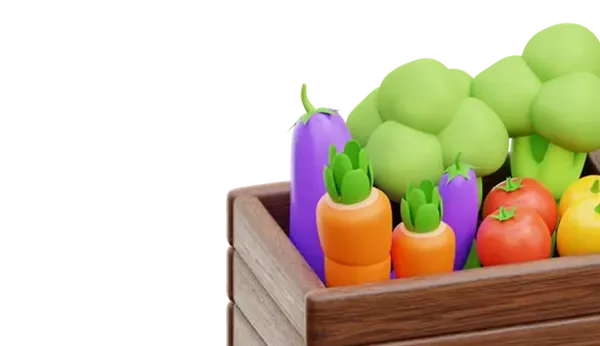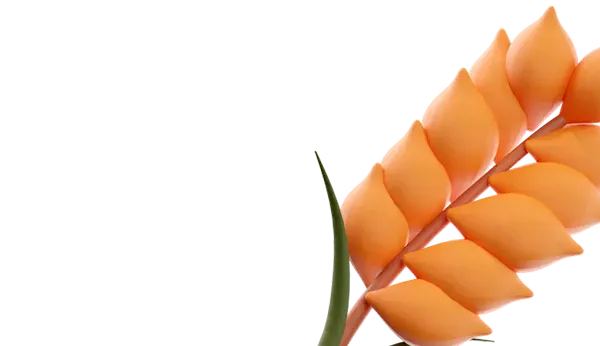The harvest season in the fields will start soon. What is the difference between manual field processing and why are local varieties of wheat and barley considered a national heritage?
The land of 400 hectares will be cultivated without the use of special machinery, only with the use of human hands. Only three workers will rise to this challenge, manually cleaning the grains from dust, sand, and insects. Such an individual approach is considered the key to high yields. The main ally of farmers is the weather.
"Ideal conditions include stable warmth, especially in the early period after sowing. And adequate precipitation, the necessary amount of moisture," explains Alexander Shanin, Vice President of the Ural Research Institute of Agriculture Production.
In the village with the symbolic name Kolos, three agricultural crops grow: wheat, barley, and peas.
An area of 106 hectares is occupied by the wheat variety "Extra." This cereal is characterized by high yield and early maturation. Wheat ripens in 85 days. The harvested crop can be safely sent to bakeries, as this variety is rich in gluten, making the baking more durable.
Next to it grows the barley variety "Memory of Chepelev." This type is mainly cultivated for livestock feed production. Barley is famous for its high yield and protein content, giving it high value for agriculture.
The "Memory of Chepelev" barley is considered the star of Russian fields. In 2024, this variety, developed by the Ural Federal Agrarian Research Center, became the leader in terms of cultivation volume in the country. "We have many varieties that occupy leading positions in terms of seed sowing volume in Russia. Among them is the "Iren" variety, which held the first place in seed sowing volume in the country for three years, as well as the "Memory of Chepelev" variety," said Alexander Shanin, Deputy Production Director of the Ural Research Institute of Agriculture.
The harvesting of the "Meteor" pea variety is facilitated by its positioning and the pods located on top, allowing the combine to safely perform the harvesting. In 5-6 weeks, farmers will start harvesting. The crop will be moved to storage, where the final stage awaits: sorting and drying.















